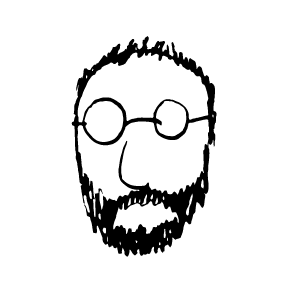Bark was inspired by the dark exterior and light interior of tree leaves. Inspired by the glow of leaves and sunlight I set out to create a light that expressed this relationship. I used dyed oak and cherry veneer to mimic the relationship between the top and bottom of leaves. The veneers were combined using bent wood lamination, and then cut into organic shapes. These forms reflect the uniqueness of each leaf.

Creating Bark involved experimenting with form. To do this I drew on the process of bent wood lamination. This allowed for quick creation of multiples, and gave me plenty of material to experiment with through machine and hand shaping techniques. To laminate the sections I cut strips of veneer to size, glued them up, and pressed them in a custom jig. Each lamination was hand scraped, cut on the band-saw, and finished by hand to create unique organic forms.


The final piece is unique and reflects how natural forms can be transformed into an object for the home. Bark opens to allow the owner to experiment and augment the luminescence of the cherry and oak veneer. The process of creating Bark allowed me to experiment with open ended methods for form creation, and to reflect on the relationship between light and material.


Since 2013 I have been documenting flora and fauna as a side hobby. It is something I enjoy but have never found a meaningful way to incorporate it into my design practice. In 2016 I began augmenting images that I had taken, and started a process of turning something digital into a physical object. I focused on this picture of dead wood to highlight the process of taking something dead and giving it new life through digital and physical creations.


Once I had augmented the photo to a point where I could define its’ form and gesture, I drew lines onto it to highlight these qualities. From these lines I created sections that would contribute to the ultimate shape. These sections were then laser cut in clear acrylic, and a base was created to accentuate the luminescent qualities of the acrylic.



On my family property in New Hampshire there is an 1800’s dump site that contains household and farm goods. In the spring of 2014 I pulled an iron carriage axle out of the ground, and was immediately interested in creating a piece incorporating this beautiful artifact.
Compass’ design pairs the axle’s history with contemporary New England aesthetic. Balancing the axle’s length with an entry way’s small dimensions, I focused on an A frame design for it’s structural qualities and simplicity.Colors drawn from the New Hampshire landscape inspired my use of gray on the table’s legs, and the use of pine in traditional timber framing techniques informed my material choices.





The final project is simple and strong. It offers the functionality necessary of an entry way table, and highlights the beautiful structure of the axle. The process of creating Compass taught me about how to effectively use structure to highlight form.

What would you send someone to change their mind? Prop Box is a discursive object aimed at giving a North Korean citizen a sense of the outside world, so as to plant the seeds of rebellion. The project was conceived during a sponsored studio at RISD where our class was challenged to reengage the public on issues of nuclear security. The project addresses issues of total disarmament, imperial intervention, consumer enjoyment, and globalization.

The final project is playful and inviting. At the same time it evokes questions about its contents and purpose. Although this propaganda box is designed for a specific audience, the idea could be easily transferred to a consumer market. What would you put in your Prop Box?
Prop Box was featured in Vernacular Spectacular at the Rhode Island School of Design Museum, and was presented at the The Comprehensive Nuclear-Test-Ban Treaty at 20 conference at the American Academy of Arts and Sciences in Cambridge, MA.
What if the tools we use were based on our personal history instead of an abstract unit of measurement? What types of designs would we make for ourselves, and how would it alter our world?

The driving factor in Aaron's design practice is his interest in exploring how objects and spaces can shape our values and perceptions of the world. He attempts to explore these issues through the lens of intimacy, the home, and memory. Aaron’s practice is informed by his experience and engagement with design, philosophy, anthropology, education, and the fine arts. This broad spectrum of influence allows him to create meaningful objects with thick stories.
contact: smallurbanlife@gmail.com





